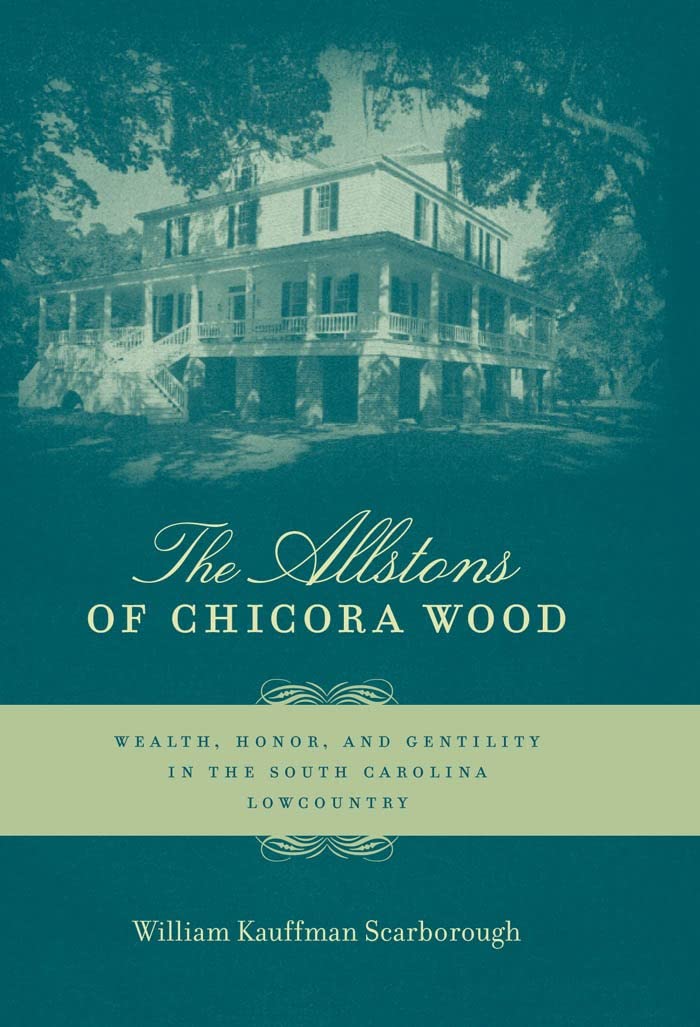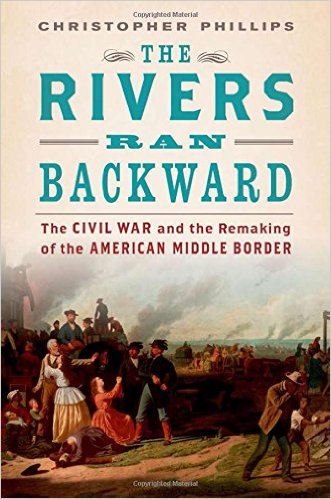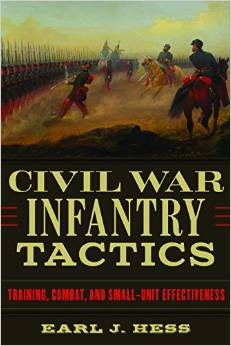The Allstons of Chicora Wood is an interesting and frustrating book. What began as a standard biography of antebellum South Carolina governor and rice planter Robert F.W. Allston, evolved over the course of the author’s research into a broader study of the Allston family. The work benefits from this expanded scope as it introduces readers to fascinating individuals and allows Scarborough to address key tensions in the postbellum South. These strengths compensate somewhat for the troublesome depiction of the book’s central character.
Scarborough takes issue with what he deems the “excessively critical” assessment of Robert Allston and other rice planters found in William Dusinberre’s Them Dark Days (7). Whereas both scholars characterize Allston as an ardent capitalist, Dusinberre sees him as an exploitative and cruelly indifferent master while Scarborough views him as paternalistic in the most benign sense of the word. The latter assessment comes across as less than convincing, marked by inconsistencies, a tin authorial ear when it comes to the hardships slaves endured, and, in some cases, an interpretation of the institution that hearkens back to U. B. Phillips.
Dusinberre supplied mounds of statistical and anecdotal evidence demonstrating the toll that horrific working conditions, disease, inadequate medical care, injury, insufficient food and shelter took on the men and women who toiled in the rice swamps. Scarborough tries to counter Dusinberre, attributing high slave mortality rates “more to the conditions under which they lived and worked than to any alleged callous disregard” on behalf of “paternalistic masters” (42). Such a claim begs the question, who was responsible for such conditions if not the masters? Scarborough contradicts himself when describing the slave workload as “not unreasonable” with planters and overseers finding it “not desirable for any hand to be given a task that he could not finish with relative ease” (40-41). A few pages later, however, Scarborough mentions in passing the “brutal work regimen” slaves endured on rice plantations (44). He cites Allston’s Christmas tradition of giving slaves who had survived the year without missing a day of work an extra portion of rice as evidence of his “relative benevolence” (43). Finally, although Scarborough finds it ironic that bondsmen and women celebrated the Fourth of July enthusiastically, other scholars find nothing ironic about enslaved people expressing their yearnings for freedom by embracing a holiday full of exhortations about liberty and independence.
Delving deep into an impressive array of primary sources, Scarborough extends his analysis beyond the plantation, assessing Allston’s talents as a politician, a civic leader, a father, and a husband. In some cases, the author seems to be grading on a curve. He praises Allston’s political reputation and acumen, emphasizing his drive as both a legislator and governor to improve education in South Carolina for “children of all social classes” (62). According to Scarborough, such efforts qualify Allston as “the quintessential exemplar of noblesse oblige,” but as the author notes, the planter-politician failed for the most part in these attempts (3). Indeed, Allston served on a committee that blamed the abysmal South Carolina school system on the “carelessness of the poor about the education of their children” (27). Scarborough includes a tantalizing look at Allston’s relationship with his wife, Adele, painting it as one of mutual love, respect, and admiration. He recognizes that Adele Allston “occasionally chafed at the patriarchal constraints imposed on her by the society in which she lived,” but also offers hints that she was less than satisfied with the household in which she lived, citing correspondence lamenting the “arbitrary will” and “naturally defective temper” of her husband (101, 118, 119). As for the rest of his family, Robert Allston left them encumbered in debt, attributable in part to buying up slaves and plantations in order to set his son, Benjamin, up as a planter, but also due to his extravagant purchase of a Charleston mansion.
Robert Allston died in 1864, marking a turning point in the life of his family as well as Scarborough’s history of that family. Less focused on defending Allston, Scarborough moves the planter’s wife and children center stage, revealing how they adapted to the changes wrought by war and Reconstruction. Here, readers gain an understanding of how southerners, white and black, responded to personal and societal upheavals. With Allston dead and the Civil War’s destruction widespread, the freedpeople at Chicora Wood, the Allston plantation in Georgetown, struck back against their former masters. Many fled. Some vandalized the house. Still others proved “quite insubordinate and unruly,” behavior many former slaveowners found alarming (163).
As for the Allston family, Ben Allston struggled to keep ahead of debt collectors, while Adele and her daughter, Elizabeth Allston Pringle, stepped off their pedestals, emerging as independent entrepreneurs. They first ran a girl’s school out of the Allston home in Charleston. Despite their best efforts, the school closed after a couple of years. Adele and two of her daughters then returned to run the plantation at Chicora Wood. Like Ben, they had trouble adjusting to new labor and race relations in the post emancipation South. At one point, an exasperated Adele fired a cook who “positively refused to scour the floor” as ordered (167-168).
Elizabeth Allston Pringle’s postbellum career proved especially noteworthy as she ran two plantations, recording her experiences in A Woman Rice Planter and Chronicles of Chicora Wood. Her life in particular reminds readers that the Civil War altered not just the racial and economic landscape of the South, it recast gender roles as well. This portion of Scarborough’s study might encourage someone to further explore these changes in a full length study of Elizabeth “Bessie” Allston Pringle. Should someone take up this challenge, they would do well to follow Scarborough’s lead when it comes to the depth of their primary research, but should avoid the pitfalls of allowing personal admiration for the subject to cloud their analysis.
Alex Macaulay is an Associate Professor of History at Western Carolina University and the author of Marching in Step.





